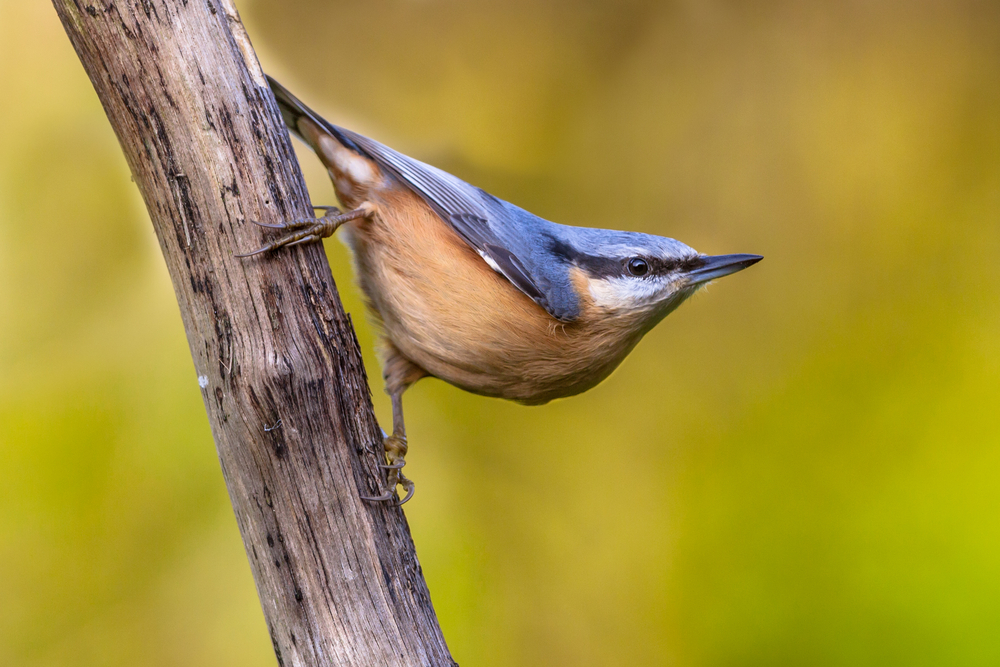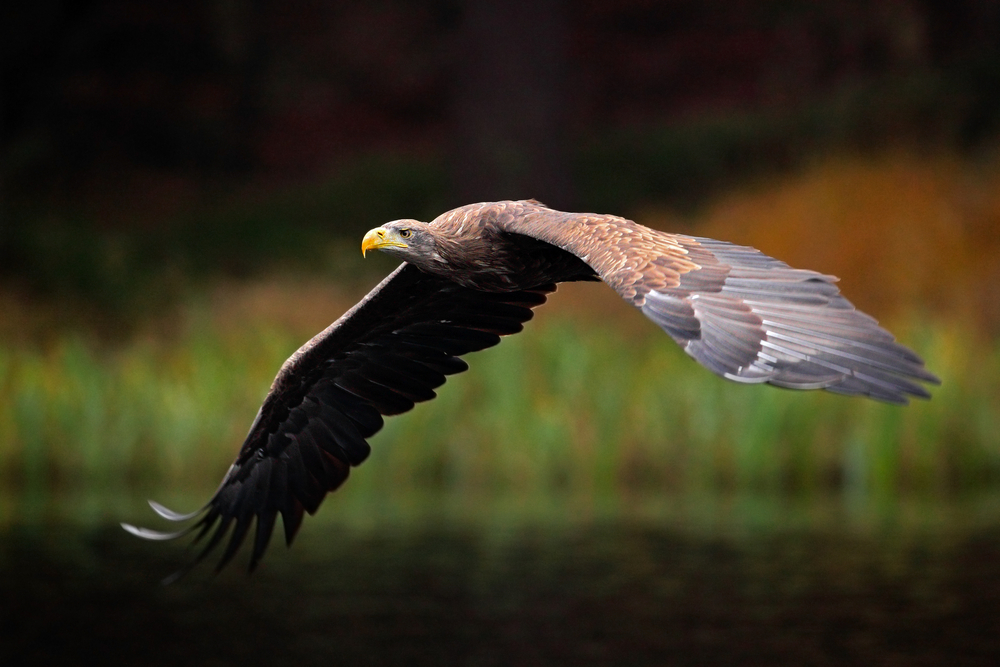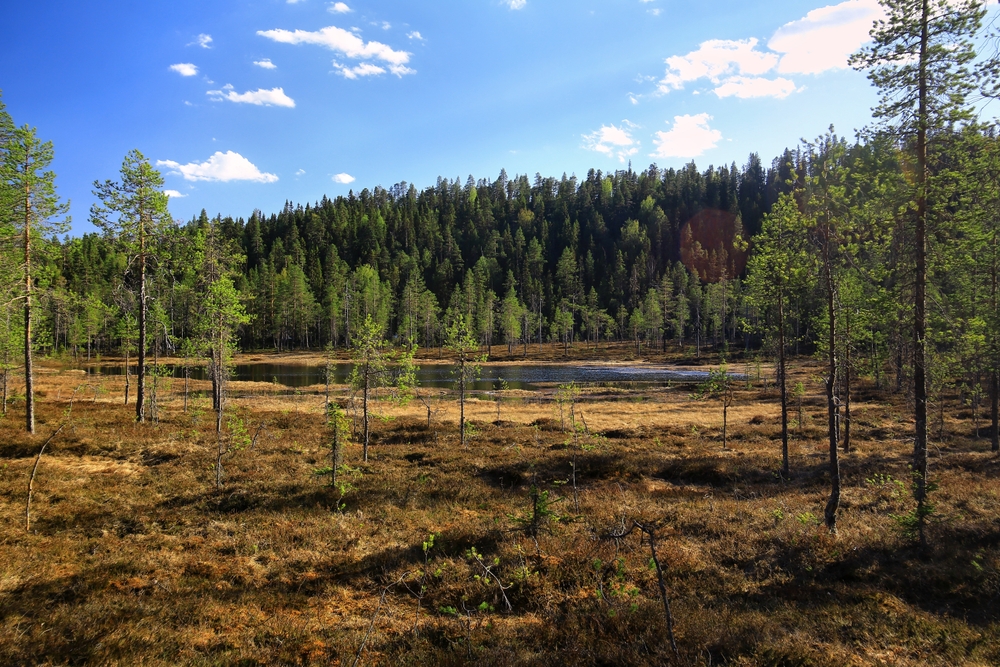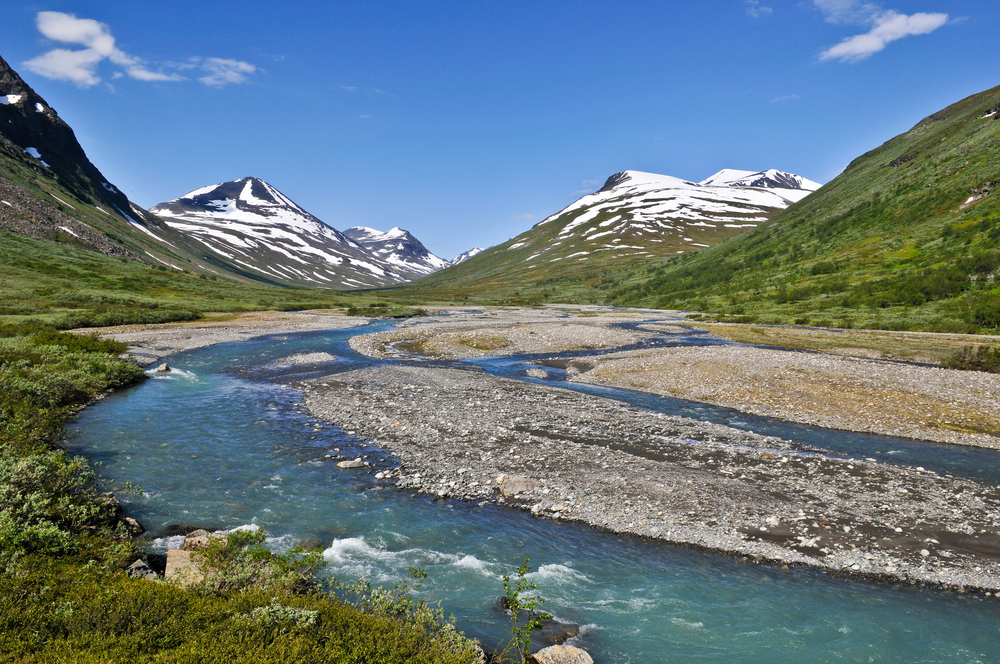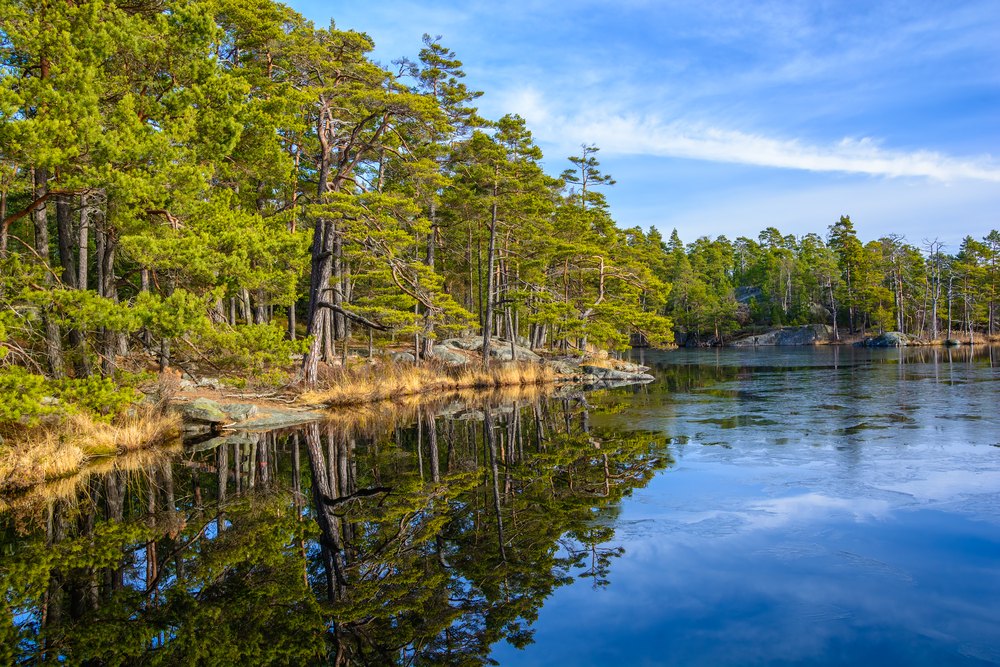Dalby Söderskog Overview
Dalby Söderskog National Park, located in southern Sweden near the town of Lund, is one of the smallest national parks in the country. Covering an area of just 0.1 square miles (0.36 square kilometers), this park is a prime example of a temperate deciduous forest that has been left undisturbed for centuries.
Established in 1918, it is among Sweden’s oldest national parks, dedicated to preserving its rich biodiversity and unique woodland ecosystem. The park is particularly special as it represents one of the last remnants of true primeval forest in the region, offering visitors a glimpse into what much of southern Sweden’s landscape might have looked like before agricultural development transformed the land.
The park’s terrain is relatively flat, characterized by dense forests dominated by broadleaf trees such as oak, beech, and elm. During spring, the forest floor bursts into life with a vibrant display of wildflowers, including wood anemones, lesser celandine, and ramsons, creating a carpet of white and yellow hues.
The undergrowth is lush and teeming with various ferns and mosses, contributing to the park’s rich biodiversity. Because the forest has been left largely untouched, fallen trees and decaying wood provide a habitat for many fungi and insects, fostering an intricate ecosystem that supports a wide range of flora and fauna.
Dalby Söderskog is particularly renowned for its birdlife, attracting birdwatchers eager to spot species such as the Eurasian nuthatch, wood warbler, and blackcap. The dense canopy also provides a sanctuary for woodpeckers, including the great spotted woodpecker and green woodpecker.
Mammals commonly found within the park include roe deer, red foxes, and European hares. The decaying wood and abundant insect life also support a variety of bats, which can be seen flitting through the trees at dusk. The park’s relatively small size makes wildlife encounters frequent and rewarding, as animals are accustomed to the presence of visitors.
A popular feature of Dalby Söderskog is its tranquil atmosphere, providing an escape into nature just a short distance from urban areas. The park is particularly stunning in the spring when the trees are budding, and the ground is covered in blooming flowers.
The clearly marked trails allow for easy exploration, making it an ideal destination for leisurely walks, nature photography, and birdwatching. Unlike larger national parks with more rugged landscapes, Dalby Söderskog offers an intimate experience with nature, where visitors can observe ecological processes up close.
Conservation efforts in the park focus on maintaining its natural state and preserving its biodiversity. Since it is a small and delicate ecosystem, park management carefully monitors visitor impact to prevent damage to the forest floor and disturbance to wildlife.
Successes in conservation include the preservation of old-growth trees, which provide critical habitats for various species. However, challenges remain, particularly regarding climate change and the potential spread of invasive species that could alter the park’s ecological balance.
Ongoing research and monitoring help ensure that Dalby Söderskog remains a thriving natural reserve for future generations.








































































